The Materiality of a Natural Disaster by Hilda Hellström at Show RCA 2012
Our coverage of the Royal College of Art graduate show begins with these food storage jars made of radioactive earth from the Fukushima Daiichi nuclear disaster area in Japan.
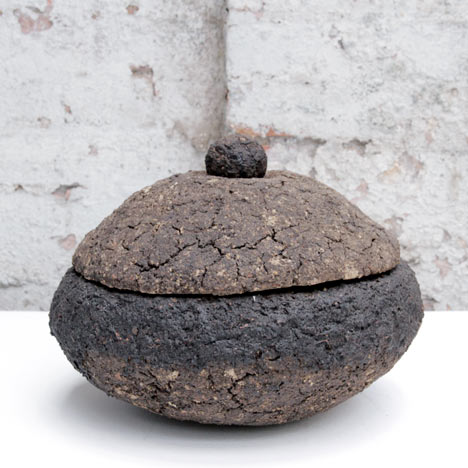
Swedish graduate Hilda Hellström contacted the last person still living inside the evacuation zone, Naoto Matsumura, and collected soil from his rice fields that can't be farmed due to contamination.
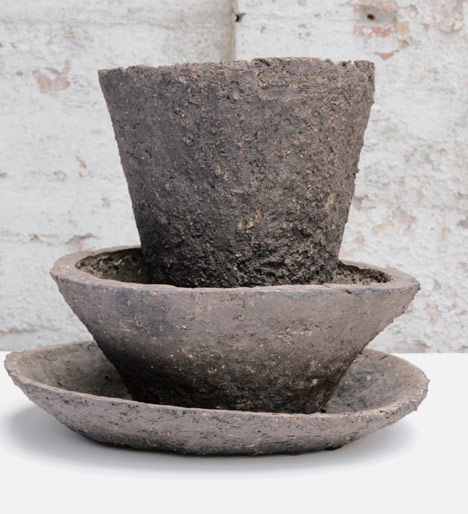
Hellström hopes the vessels - as unsuitable for food storage as the fields are for growing - will act as symbolic objects to help people understand the enormity of the disaster.
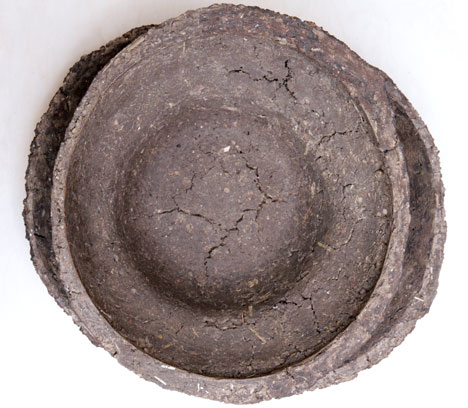
The area was evacuated following a series of nuclear meltdowns and releases of radioactive material from the Fukushima I Nuclear Power Plant as a result of the Tōhoku earthquake and tsunami that hit Japan on 11 March last year.
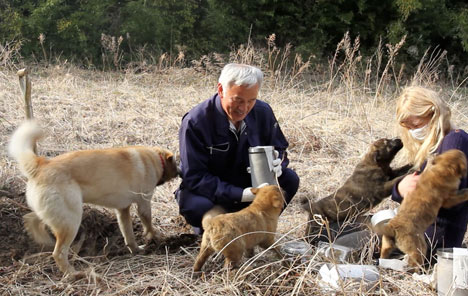
See all our stories about efforts to help Japan in the wake of last year's disaster here.
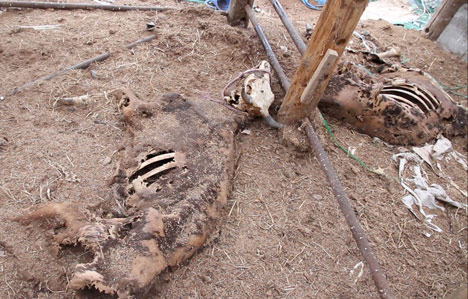
Show RCA 2012 continues until 1 July. We recently published a movie of Design Products course leader Tord Boontje giving a tour of the show - see it here.
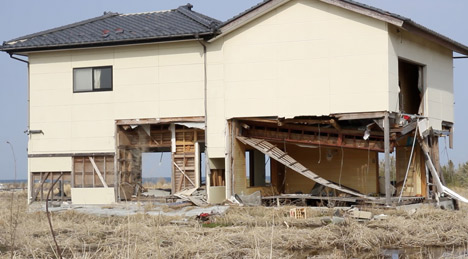
We recently published a movie of Design Products course leader Tord Boontje giving a tour of the show - see it here.
See more stories about ceramics »
See more stories about the Royal College of Art »
Here's some more information from Hellström:
The foundation of this work is research about the psychology of the public mind and ideas from postmodern philosophy regarding the nature of ‘reality’ in today’s society.
The project starts with the notion of ‘the myth’. Hellström has investigated the idea that the mythical object is a tool that helps us understand or relate to our reality. A small piece of the Berlin wall can be used to symbolise and help process a big part of history - and as such it becomes an object loaded with a lot of meaning and emotion.
Hellström found similarities between the mythical object and what Winnicott named the Transitional Object, i.e. how the teddy bear is used by a child to be able to meet, understand and make sense of the surrounding world.
The aim with the project is to, in a similar way, construct an object that speaks of a much larger event than the object itself and inhabits a narrative that goes far beyond its form or function.
Hellström’s thesis is that there are places and people that inhabit more narrative than others, or have a story that everyone can relate to. What if you are able to extract material from this person or this place, and create objects of this material? Could these objects serve as, or become mythical objects?
Through research, she learnt about Naoto Matsumura, the last man still living in the evacuated zone by the Daiji power plants in Fukushima, Japan. With help from The Foreign Correspondence Club Japan, Hellström got in contact with Matsumura who showed great interest to collaborate. For four days Hellström documented Matsumura’s day-to-day life inside the evacuated zone.
In an attempt to make use of the wasteland, which due to radiation has become useless, they collected soil from his rice fields to create symbols, reflecting the situation inside the zone. From this soil, Hellstršm made a series of slightly radioactive food vessels, which are just as useless for their purpose as the land and the farmers of Fukushima.
Hilda Hellström is a Swedish designer, who with this project graduates from a Masters in Design Products at Royal College of Art (RCA). She started her education with a solid foundation in fine art, with studies in Barcelona and Copenhagen. Before moving to London to commence her studies at the RCA, she did a BA in product design at Beckmans College of Design in Stockholm.
The combination of art and design has led to an independent way of working with a focus on the process and thoughts behind the result. Hellström explores the notion of myth and narrative that inhabit objects and is preoccupied with things that shock us and situations that elevate the soul. She describes herself as an analytic craftswoman, having been influenced from a young age by both her phychoanalyst mother and carpenting father.
To share the context around her craft based objects, she also works with film, explaining it as a medium that enables you to captivate the audience in another world for a while. With these manifestations she makes fiction, truth and different realities join together.